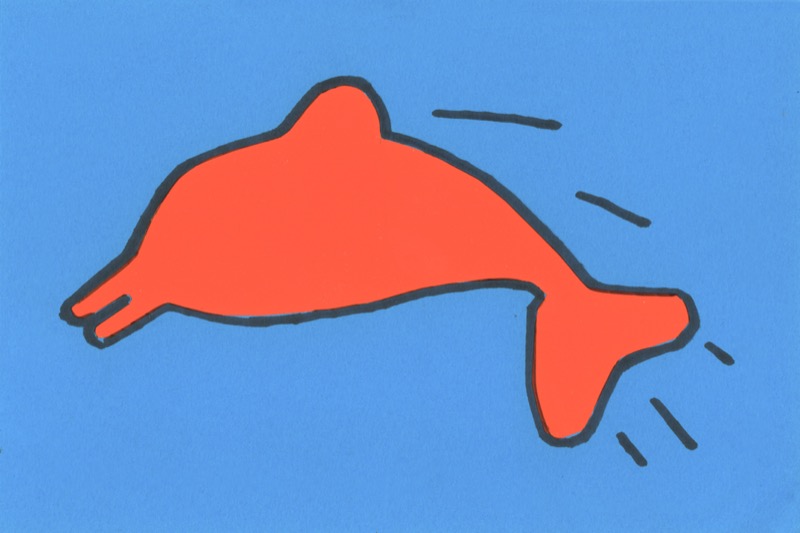Context and analysis of Haring's work
Context
Alternative culture in 1980s New York York shunned the galleries and museums in favour of the streets, warehouses and subway. It was during this flurry of underground activity that Keith Haring first met Kenny Scharf and Jean-Michel Basquiat, two artists from New York with whom he became friends.
At the same time, Haring was also organising and taking part in exhibitions and performances in a legendary avant-garde venue: Club 57.
Graffiti began to appear on more and more walls around the city in the 1980s. Haring succumbed to the temptation to leave his mark in white chalk on the black walls of the New York metro. His famous 'subway drawings' were born.
In 1986, Haring capitalised on his growing fame by opening a shop selling products based on his work. The idea was not to everyone's taste, but was supported by his staunch mentor, Andy Warhol.
Analysis of Haring's work
1. Form and techniques
Haring's work is characterised by the repetition of stylised shapes outlined in black and often filled with warm, bright colours (yellow, green, red, blue). The drawing style is relatively simple and understated, but most of the time it gives the impression that the characters in these works are moving thanks to the lines borrowed from the world of comic books.
Whatever the medium, the line is the key element that defines Haring's style. Whether created using markers, chalk, felt-tip pens, ink, acrylic or spray paint, the line remains a flowing constant.
For his designs, Haring used a range of different mediums without ever making preliminary sketches or corrections, even on his biggest pieces of work. He created murals, drawings, paintings, painted objects, t-shirts, badges and printed posters...
2. Meaning
Haring's work represents characters, objects and animals in a symbolic manner. Sometimes the designs tell a story but they always elicit emotion from those who view them.
A crawling 'Radiant Baby', a dog with a rectangular snout, a television, a flying saucer... Whether human or not, these symbols 'sketched' by Haring are immediately recognisable.
3. Influence
Haring took advantage of all the opportunities on offer in New York in the '80s to make his work as accessible to the public as possible, demonstrated by his use of city billboards and the creation of a store selling products based on his art.
The majority of the subjects he worked with reflect his life or questions posed by people around him at the time. He also represented the energy of his generation, inspired by the hip-hop music and breakdancing which was shaking up New York.



